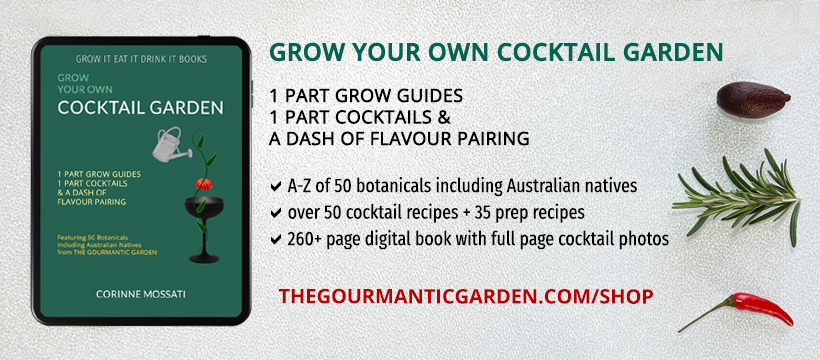There’s more to Korean traditional alcohol than soju, considered the world’s most heavily consumed liquor.

What is Korean Traditional Alcohol
Sul, or Korean traditional alcohol is the result of a fermentation process of three ingredients: rice, water and nuruk, a fermented wheat cake that contains mould, enzymes and yeast. Nuruk is a fermentation starter which has two roles, it breaks down the rice into sugars, and the yeast in nuruk converts sugar into alcohol. This is referred to as multi parallel fermentation.
Fermentation
Wonju is the result of fermented steamed rice, water, and nuruk. Once fermentation is complete, two layers form. The top layer called Cheongju or Yakju, is a clear and golden liquid which was once the drink of the kings during the Joseon Dynasty. The bottom layer, Takju, is a milky sediment which was originally enjoyed by the working class. Makgeolli is a diluted version of the original filtrate.
All these alcohols are the result of the same fermentation called danyangju, which means a one-step fermentation process. Soju differs in that it is a spirit and the result of distilling Takju.
Below are the definitions and taste profiles of Korean traditional alcohol.
Cheongju or Yakju
Cheongju/Yakju is the clear yellowish liquid at the top of the ferment obtained by filtering the fermented mash. Sipped on its own, its flavour profile tend to be fruity or floral which it derives from the nuruk.
Takju
Takju is the thick rice brew, the sediment at the bottom of the ferment. Takju is close to being undiluted and has an ABV between 10-19%. Thick and creamy in texture, it is traditionally sipped in dainty cups with food. Takju is milky white in colour with mild rice aromas and a silky smooth palate with a dry finish.
Makgeolli
Makgeolli is a light and fizzy brew traditionally made from rice, water and nuruk, and the result of mixing takju with water without filtration. It has a low alcohol content usually around 6% ABV and no higher than 10% ABV. Light in texture with a little effervescence, it is rich in Vitamin B and amino acids, and is enjoyed in large quantities. Milky coloured, the flavour profile is usually a little sweet and lactic and makes for easy sipping. Makgeolli is the milky liquid in the photo above.
Soju
Soju is not a brew but the distilled spirit from cheongju/yakju. It is said to be the most sold alcohol in world. Clear and colourless, it has been likened to vodka and is said to be the Korean equivalent of the Japanese sake. Soju varies in alcohol content from 10% to 25% ABV though you can find some higher proof soju at 41% ABV which give the spirit a crisp and clean rice flavour. Soju is the clear liquid in the photo above.
Gwasilju
Gwasilju is a fruit-based wine (such as plums) which can be made by fermenting fruit or mixing fruit and sugar with alcohol. It has fragrant aromas and sweet fruity flavours.
Gahyangju
Gahyangju is flower wine characterised by with the addition of seasonal flowers such as azaleas or fragrant fruit like lemons and tangerines. Highly aromatic, the flower petals can be added to the brew or brewed with the grain.
Yagyongju
Yagyongju, or medicinal wine is made by brewing medicinal herbs which are believed to provide various health benefits. Examples include insamju or ginseng wine, songsunju or pine needle wine and baegilju, a 100 day wine. The latter is made from rice, water and nuruk and is fermented for 100 days and can be infused with flowers and berries.
Next… How to Make Makgeolli at Home, a step by step guide.
You may also like: Essential Guide to Baijiu
Photo by Cocktails & Bars – © Copyright: All rights reserved.

